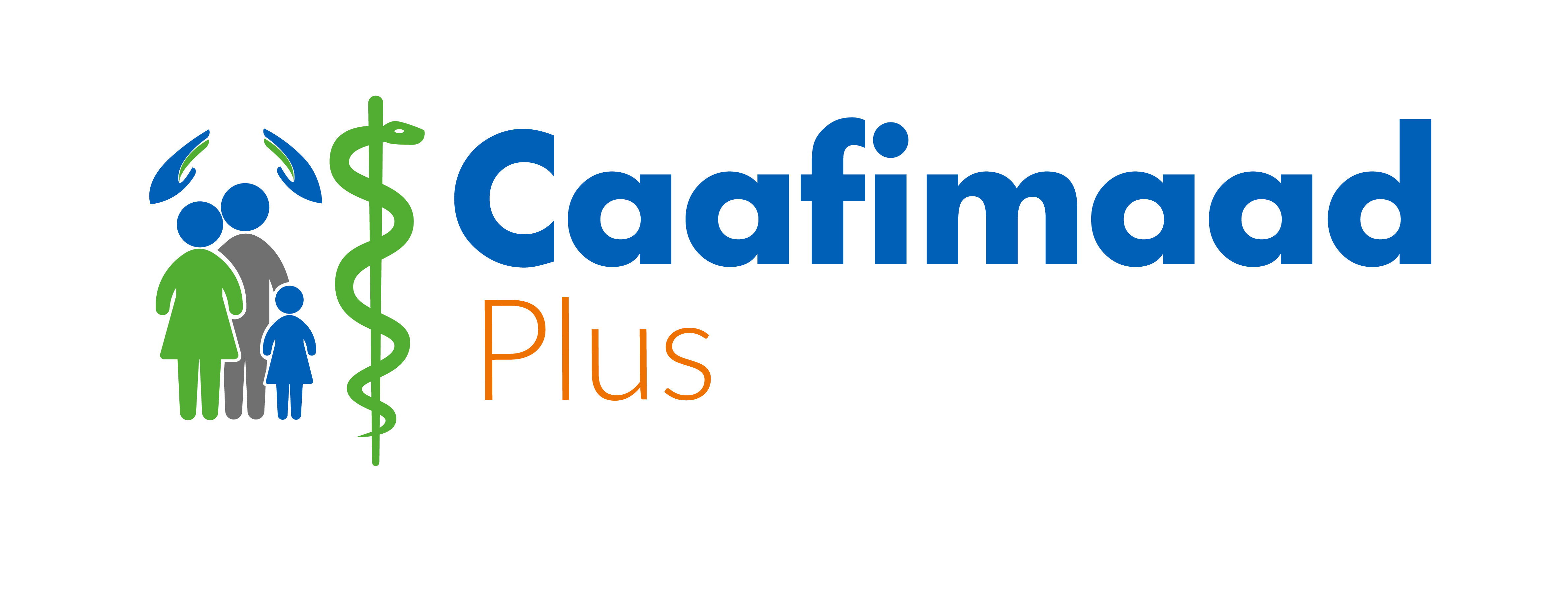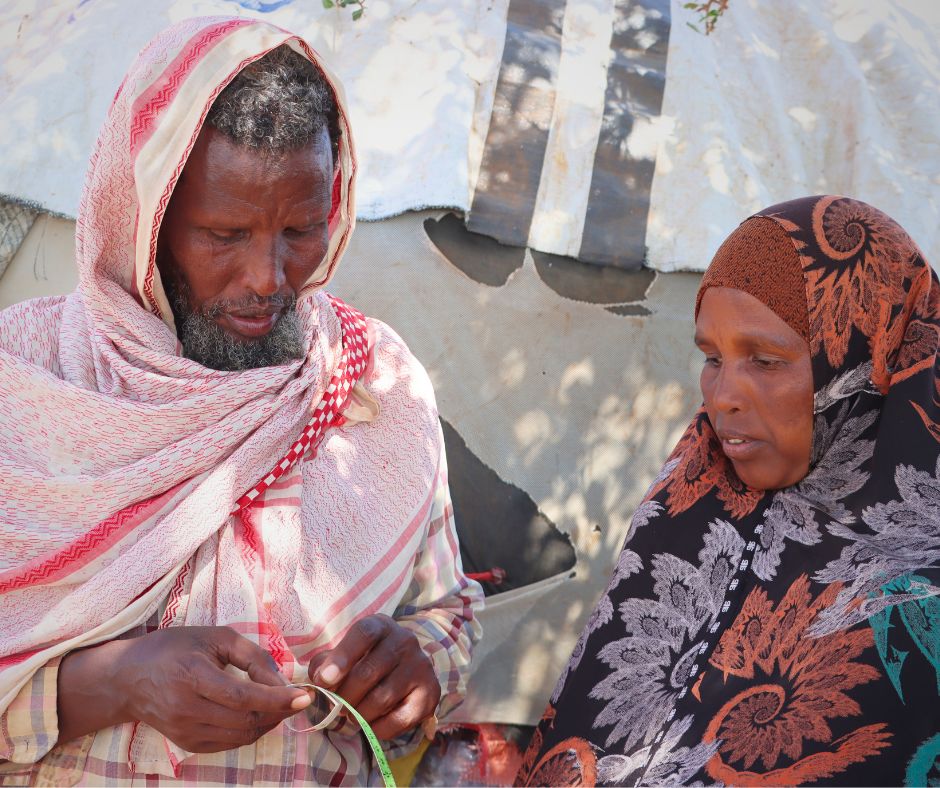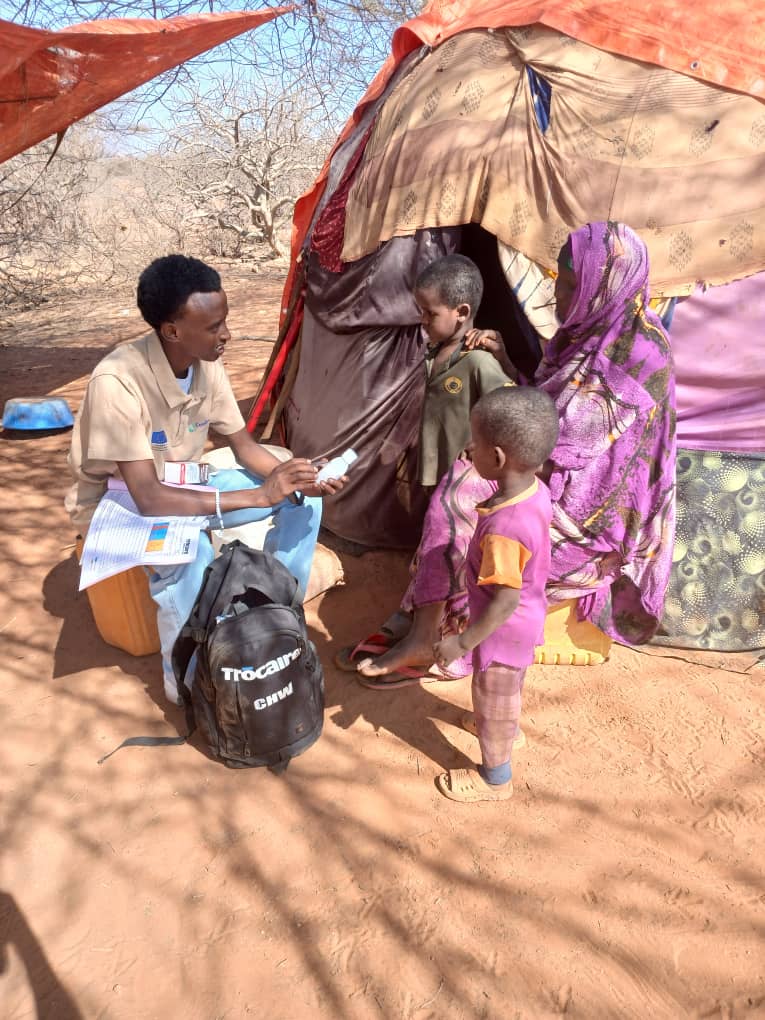The rain didn’t stop for days. In Baalguri village, Najma Mohamed Abdullahi watched floodwaters rise and enter her home. Her two-year-old daughter, Istar, grew weaker. She had diarrhea, a fever, and no access to treatment.
“I gave her saline solution like my mother taught me,” Najma said. “But it didn’t work. She only got worse.”
Baalguri, in Afgoye district, lies along the Shabelle River. During the Gu’ (spring) rains, the river often floods and cuts off entire communities. The 2025 Gu’ rains were heavier than usual, affecting over 270 households.
With roads underwater, families like Najma’s couldn’t reach health clinics. Many relied on home remedies—not by choice, but because they had no other options.
Supported by EU Humanitarian Aid (ECHO), the Juba Foundation and CaafimaadPlus launched a mobile outreach response. The project delivers health, nutrition, WASH, and protection services to communities isolated by floods or distance.
“We go where clinics don’t exist or can’t be reached,” said Raho Osman, a community health worker in Afgoye. “When the roads have been impacted, we use boats to reach some villages.”
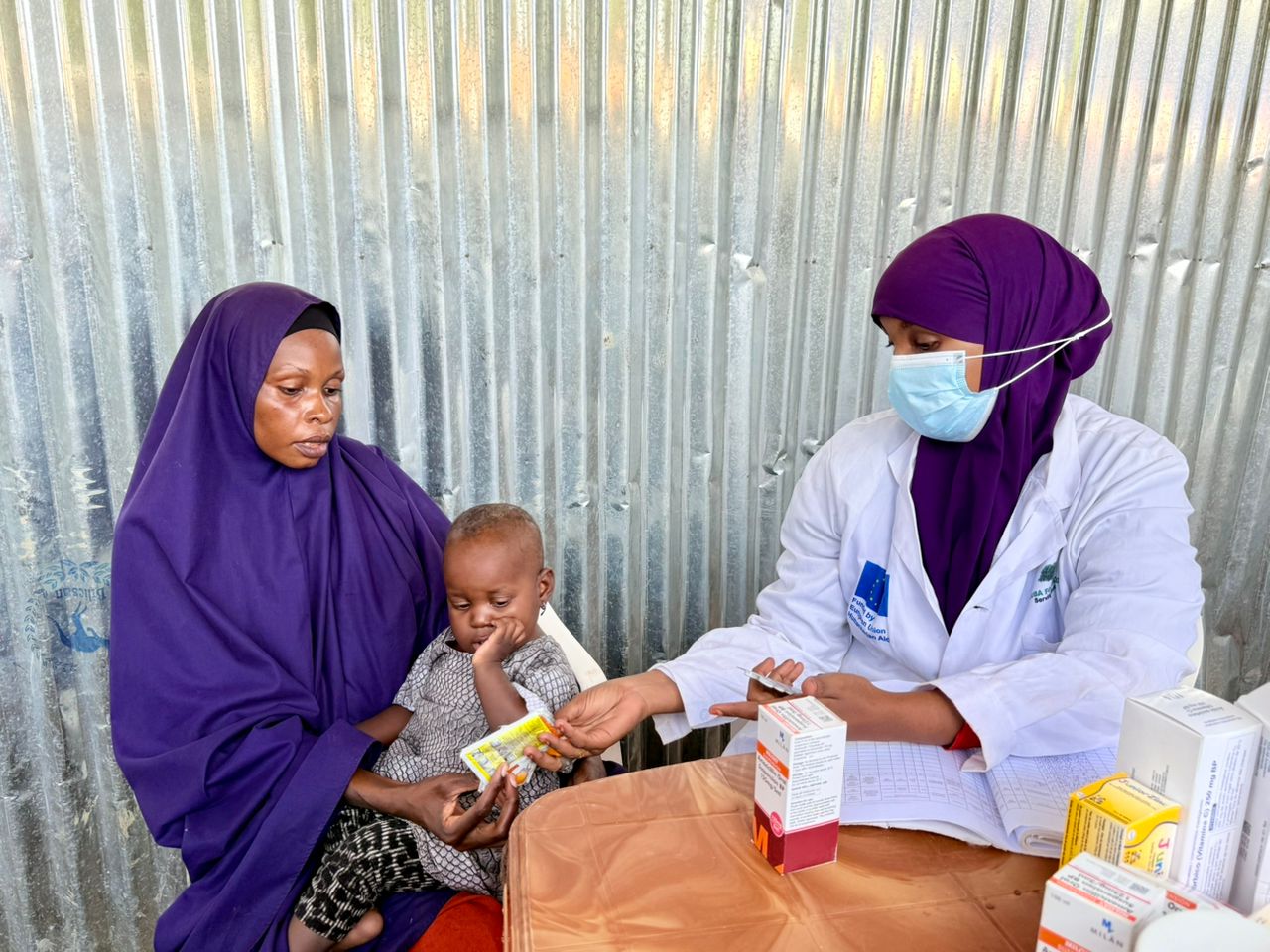
On a routine boat visit, community health worker Yusuf Awdheere arrived at Najma’s home. He noticed Istar’s sunken eyes, rapid breathing, and weakness. He immediately referred the child to the nearby mobile medical team.
Istar was diagnosed with acute watery diarrhea and given oral rehydration and antibiotics. Najma was taught how to make rehydration solution at home and how to store and use safe water during floods.
“I felt such relief when they came,” Najma said. “They explained everything. They didn’t just treat her. They showed me what to do next time.”
In the first two weeks of May, the team checked on Istar. Her fever dropped, her appetite returned, and she began to recover.
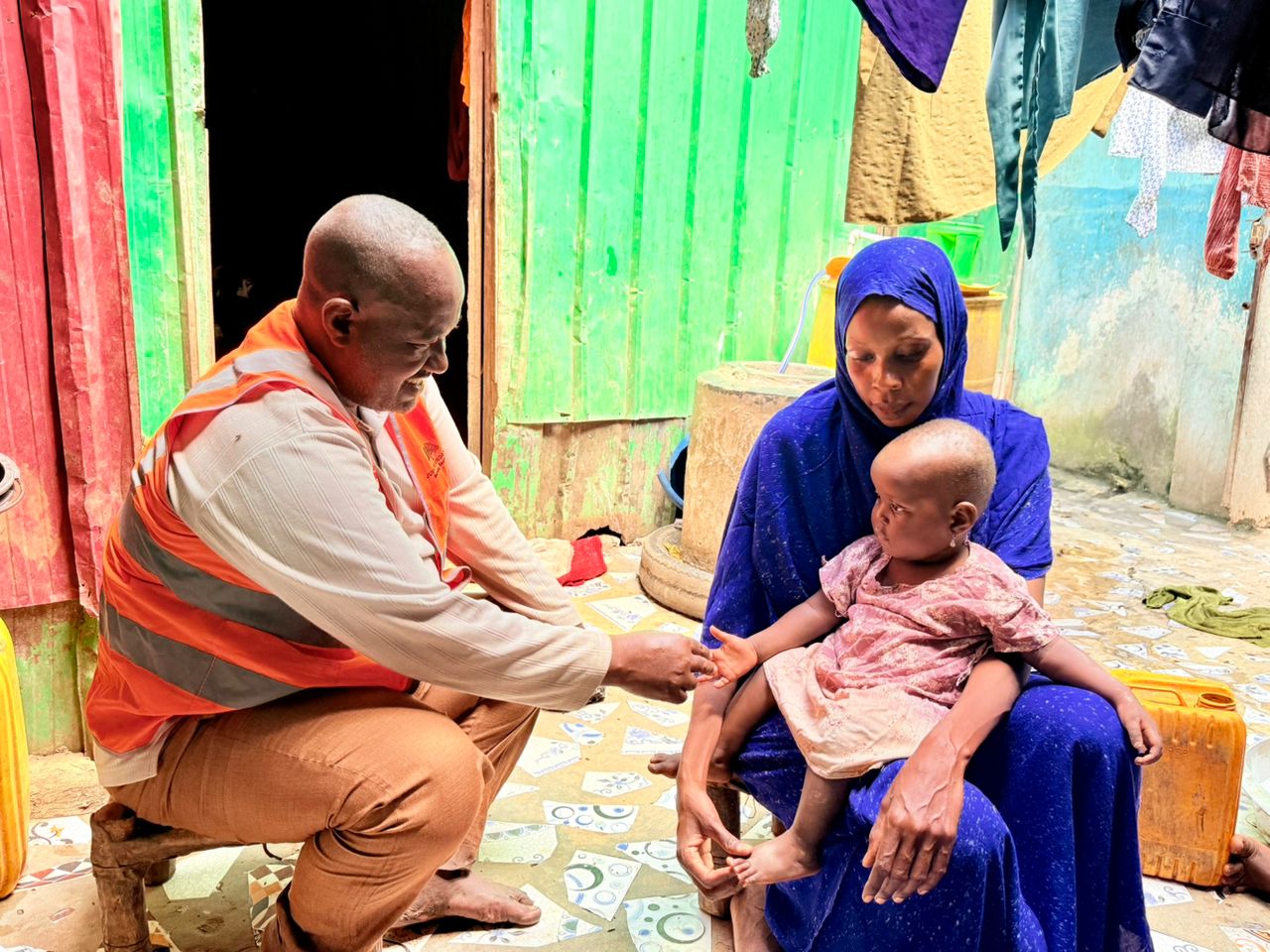
CaafimaadPlus teams work in Afgoye and 22 other districts, including flood-prone areas. When roads are impassable, they use any means possible—boats or long walks—to reach people. The consortium’s work goes beyond medical treatment: raising hygiene awareness, promoting nutrition, and providing protection support.
Their presence in those districts is reducing gaps in health services and preventing illnesses from becoming emergencies.
“Seeing a child get better because of basic care—that’s why we do this,” said Halima Babashacir, a mobile team member.
During the 2025 Gu rains, floods affected more than 84,000 people across Somalia, killed at least 17, and destroyed roads, homes, and clinics. In places like Baalguri, mobile health teams were a lifeline.
They helped families like Najma’s—turning fear into relief and uncertainty into action.
